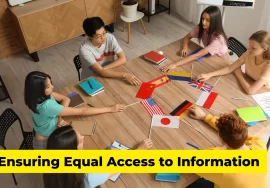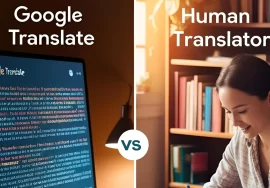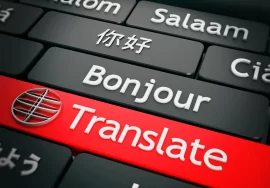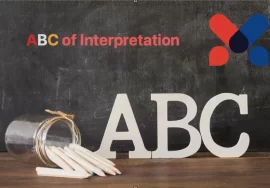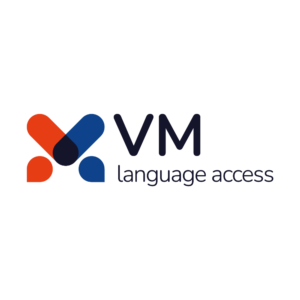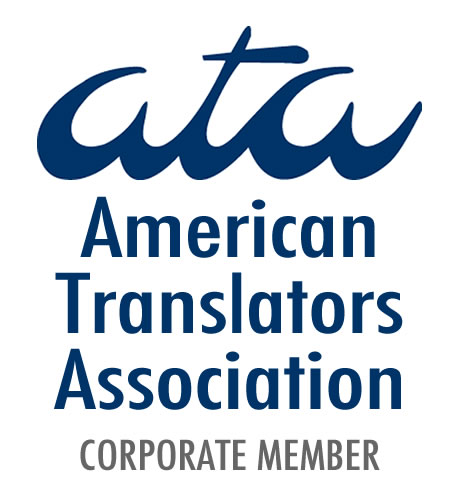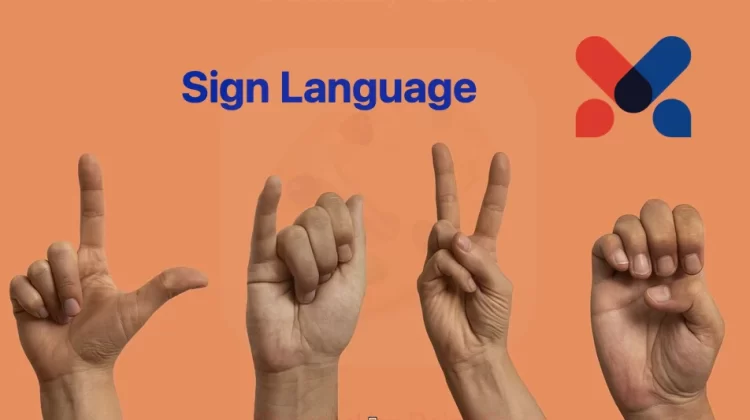
Sign Language
Role of Sign Language
Sign language is a rich and complex form of communication that relies on visual gestures, hand movements, facial expressions, and body language to convey meaning. As a primary mode of communication for deaf and hard-of-hearing individuals, sign language plays a crucial role in facilitating social interaction, expression, and the exchange of ideas within deaf communities worldwide.
Sign language is not a universal language, but rather a diverse collection of languages that vary regionally and culturally. Just as spoken languages differ from one country to another, sign languages also have their unique grammar, syntax, vocabulary, and cultural nuances. Each sign language represents the linguistic and cultural identity of the deaf community it serves, reflecting the diversity and richness of human communication.
One of the most well-known sign languages is American Sign Language (ASL), used primarily in the United States and parts of Canada. ASL has its own distinct grammar and syntax, incorporating hand shapes, movements, and facial expressions to convey meaning. Similarly, British Sign Language (BSL) is used in the United Kingdom, while other countries have their own sign languages, such as Australian Sign Language (Auslan), French Sign Language (LSF), and Japanese Sign Language (JSL). We’ll focus here on ASL.
The beauty of gesture language lies in its visual nature, allowing individuals to express themselves through dynamic and nuanced movements. Signers utilize their hands to represent words, concepts, and ideas, using space, direction, and facial expressions to elaborate on meaning. The combination of hand shapes, movements, and facial expressions in sign alphabet enables signers to convey emotions, nuances, and context in their communication.

ASL is a vital tool for deaf individuals to access information, express themselves, and participate fully in the American society. By recognizing and supporting this language, societies can promote inclusivity, diversity, and accessibility for deaf and hard-of-hearing individuals. ASL interpreters play a crucial role in bridging the communication gap between its users and those who communicate primarily through spoken language, facilitating access to education, services, and employment opportunities.
In educational settings, signing provides deaf students with the means to learn and interact effectively with peers and teachers. ASL interpreters in schools help facilitate communication and ensure that deaf students have equal access to educational resources and opportunities. By incorporating ASL language into the curriculum and providing ASL interpreters, schools can create an inclusive learning environment that caters to diverse communication needs.

Within healthcare settings, ASL interpreters are essential for facilitating effective communication between healthcare providers and deaf patients. Deaf individuals rely on interpreters to understand medical information, communicate their needs and concerns, and make informed decisions about their healthcare. Culturally and linguistically competent ASL interpreters help ensure that deaf patients receive equitable care and have their voices heard in medical settings.
Gestural language also plays a crucial role in legal and judicial contexts, where accurate communication is essential for ensuring due process and access to justice for deaf individuals. Qualified ASL interpreters are employed in courtrooms, legal proceedings, and law enforcement interactions to enable deaf individuals to participate in legal matters and understand their rights and responsibilities.
Contact us to get a quote for ASL interpretation.
In conclusion, sign language is a powerful and expressive form of communication that empowers deaf and hard-of-hearing individuals to connect, express themselves, and engage with the world around them. By recognizing the diversity and cultural significance of gesture languages, society can promote inclusivity, accessibility, and respect for linguistic diversity. Embracing ASL as a valuable communication tool enriches our understanding of human communication and fosters a more inclusive and equitable society for all.


